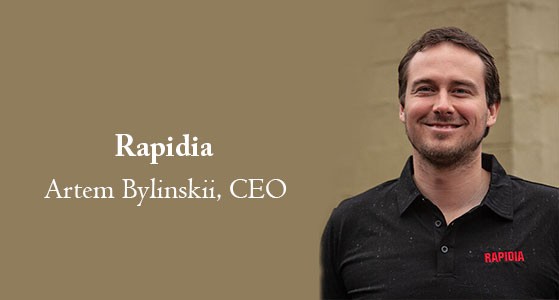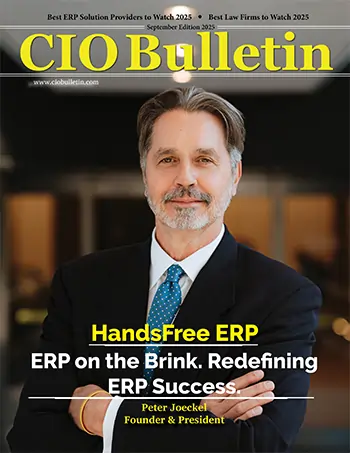CIO Bulletin

Despite being around since the 1980s, metal 3D printing only started gaining popularity recently, becoming one of the hottest topics in the industry. Among the reasons that explain this increase in popularity, the most relevant one is a multi-industry effort to stop relying only on traditional manufacturing techniques for the production of metal parts. Therefore, large investments have fueled an increase in the intensity of R&D efforts in the field of metal 3D printing. As a result, metal additive manufacturing technologies are rapidly advancing and we see an explosion in the amount of new technologies being announced. In fact, the evolution has been so significant that nowadays there are a plethora of options to 3D print high-quality metal parts. Metal 3D printing has become a continuous trend in the industry. Its main advantage lies in a continuous expansion in the range of metals, alloys and metallic composites which can be produced in this technology. Currently available 3D printing materials enable to manufacturers to produce parts of any desired mechanical and chemical properties.
Rapidia is unlocking the true potential of metal 3D printing with the fastest, simplest and most affordable way to 3D print complex and strong metal parts for prototyping and end-use applications. Recognizing that existing “office friendly” metal 3D printers still require chemical intensive and lengthy debinding processes, the Rapidia team set out to develop a system that quickly creates even the toughest or most intricate parts, is environmentally friendly and simple to use, and can be installed in a normal office. The result is a 3D printing system using water-based metal paste, revolutionizing the speed, simplicity and affordability of metal 3D printing.
Industry-Leading Metal 3d Printing Solutions Offered
Water-Based 3D Printing: Water-based from start to finish, the Rapidia metal 3D printing system is the simplest and safest way to create strong metal 3D printed parts. Water-based metal paste is solvent-free, safe to handle and unlocks a new world of opportunities for creating complex parts. Rapidia’s water-based metal paste technology is the foundation of the Rapidia metal 3D printing system. It takes the advantages of bound metal 3D printing a step further by accelerating the production process and doing away with solvents. The result is a fast, simple to use system that is environmentally friendly and completely solvent-free.
The Rapidia metal 3D printing system takes parts straight from printer to sinter, with no need to debind. Parts printed with conventional three-stage processes need to be prepared for sintering by dissolving the polymer binder, a process called debinding. This step can take upwards of several days, and requires treating the printed part with a chemical solvent - a messy and hazardous process in an office. The Rapidia process eliminates debinding by using water to bind the metal powder, making the material safe to handle. The water evaporates during printing, saving time and removing the need for a debinding machine or solvents.
Water Bonding and Sinter Welding: Rapidia’s water-based metal paste is water soluble, enabling the unique ability to fuse unsintered parts together using only water. Complex assemblies can be created by printing simple parts and attaching them by dipping the area to be joined in water. After sintering, the resulting assembly is as strong as a single part. A similar process can also be used to sinter weld finished printed parts to machined parts of the same alloy, using the Rapidia metal paste. When maximum strength is required, Rapidia’s technology allows you to create parts with fully solid sections, with no thickness limitations and without compromising the part’s metallurgical qualities.
The Rapidia metal printer is as simple to use as a plastic filament printer. Two independent print heads are fed with Rapidia’s unique water-based metal, ceramic or support material paste. Water-based metal paste is the simplest and safest way of 3D printing metal. There are no metal powder hazards and no plastic solvents, which meaning no fumes and no need to dispose of waste polymer. Once printed, parts are ready to go straight to the sintering furnace, with no need for a lengthy debinding process. There are no limits on infill, and fully solid parts can be printed. The Rapidia sintering furnace is fully automated, safe and easy to install. Powered by a 60A single-phase receptacle and sized to fit through an office door, it is designed from the ground up to be truly office-friendly. The furnace software comes pre-loaded with sintering profiles for Rapidia’s wide range of materials; just select a material and press start. A retort made of thick refractory metal ensures thermal uniformity over the full temperature range, with a peak temperature of 1400 °C. Rapid cooling shortens the sintering cycle, allowing for a completed run per day.
Artem Bylinskii, Chief Executive Officer







